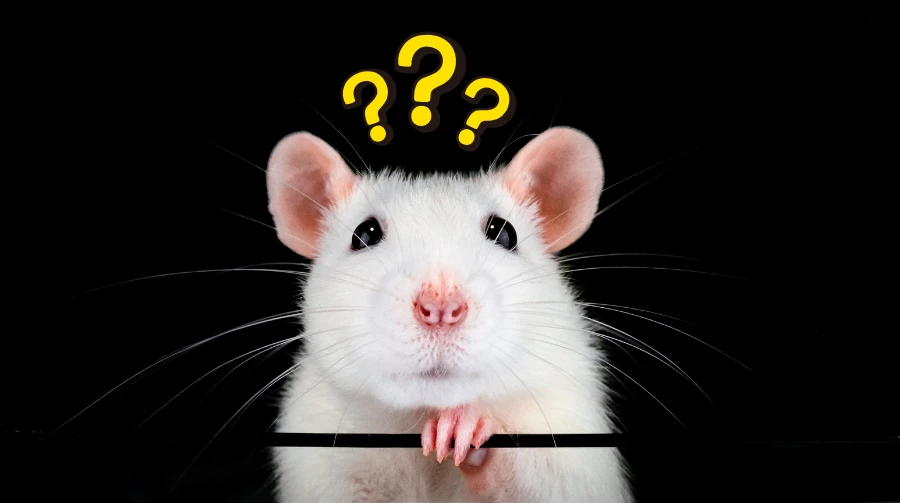As the popularity of plant-based diets continues to soar, the availability of meat substitutes based on plant proteins has expanded significantly.
However, a recent study from Chalmers University of Technology in Sweden reveals alarming findings regarding the nutritional value of these products. Many meat substitutes sold in Sweden claim to be high in iron content, but the form of iron present in these products is not readily absorbed by the body.
While a diet predominantly composed of plant-based foods such as root vegetables, pulses, fruits, and vegetables is associated with reduced climate impact and health benefits, including a decreased risk of age-related diabetes and cardiovascular disease, the impact of products based on textured plant proteins on human health has been less extensively studied.
The research team from Chalmers analyzed 44 different meat substitutes available in Sweden, primarily made from soy and pea protein. The products also included tempeh, a fermented soy product, and mycoproteins derived from fungi.
We observed a wide variation in nutritional content and sustainability from a health perspective among these products. Overall, the estimated absorption of iron and zinc from the meat substitutes was extremely low due to high levels of phytates, which are antinutrients that hinder mineral absorption in the body,” explains Cecilia Mayer Labba, the lead author of the study.
Phytates naturally occur in beans and cereals, and they accumulate when proteins are extracted for use in meat substitutes. In the gastrointestinal tract, phytates form insoluble compounds with essential dietary minerals, particularly non-heme iron (found in plant foods) and zinc, making them unabsorbable by the intestine.
Mayer Labba further clarifies, “Both iron and zinc also accumulate in protein extraction. Although these minerals are listed in high levels on the product ingredients, they are bound to phytates and cannot be absorbed or utilized by the body.”
Iron deficiency is a prevalent global issue among women, affecting 10 to 32 percent of women of childbearing age in Europe.
In Sweden, nearly one in three teenage girls in secondary school faces this challenge. It is notable that women are also the demographic group most likely to adopt a plant-based diet and consume less red meat, which is a readily absorbable source of iron.
The researchers emphasize that the availability of minerals for absorption by the body is a crucial factor to consider in meat substitutes.
Mere reliance on the list of ingredients is insufficient.
Some of the products studied were fortified with iron, but its absorption was still hindered by phytates. They suggest that focusing on nutrition claims for only those nutrients that can be effectively absorbed by the body could incentivize the industry to enhance the nutritional profile of these products.
Among the meat substitutes analyzed, tempeh, made from fermented soybeans, exhibited a higher availability of iron for absorption compared to other substitutes.
This outcome was expected, since the fermentation process breaks down phytates. Mycoproteins, on the other hand, stood out for their substantial zinc content without any known absorption inhibitors. However, further research is required to understand how effectively our intestines can break down the cell walls of mycoprotein and its impact on nutrient absorption.
Cecilia Mayer Labba concludes, “Plant-based foods play a crucial role in the transition to sustainable food production, and there is immense potential for development in plant-based meat substitutes.
The industry should consider the nutritional value of these products, optimize existing process techniques like fermentation, and explore new methods to enhance the absorption of essential nutrients.”
It is worth noting that most plant-based protein products currently on the market are derived from cultivated plants like soybeans. The protein is isolated and then subjected to high pressure and temperature, a process known as texturization, which imparts a meat-like texture and chewiness when combined with other ingredients.
The Chalmers study underscores the importance of the choice of raw materials, such as imported soy, and processing conditions, including the content of anti-nutrients, as well as additives like fat quality and salt, which can significantly impact the nutritional value of meat substitutes.
More To Discover
In fact, a single meal containing 150 grams of these substitutes can contribute up to 60 percent of the maximum recommended daily intake of salt, which is 6 grams according to the Nordic Nutrition Recommendations.


















